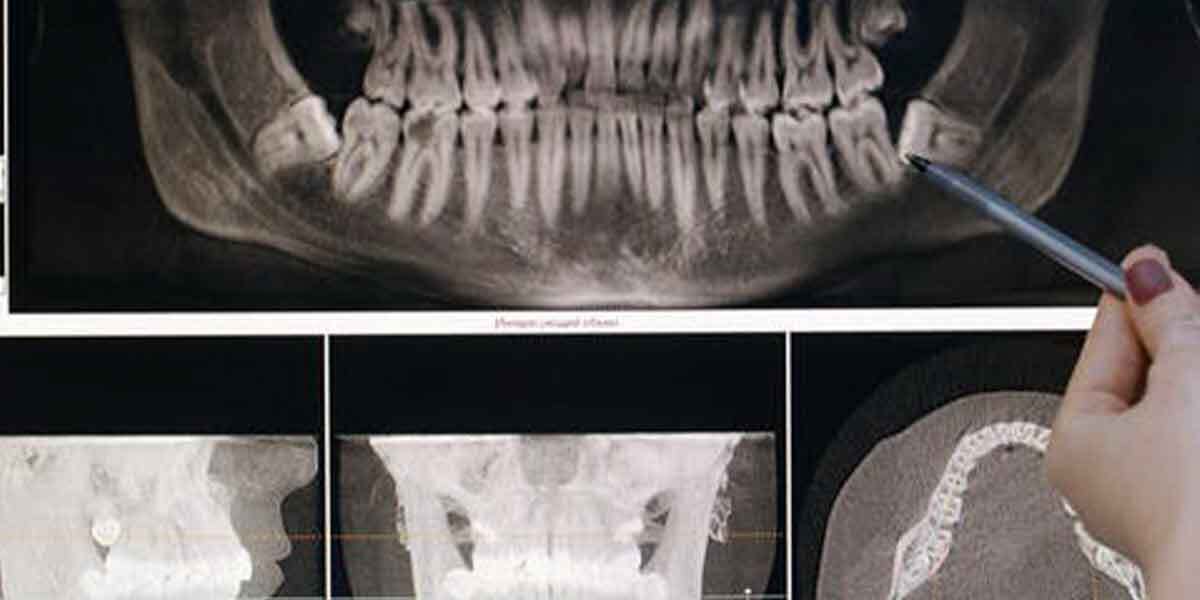Author: nearmedental
Getting an x-ray is a common role of the dentist. But what are dental x-rays, and why do you need them? Dental x-rays allow your dentist to see inside your mouth, check for tooth decay or damage that cannot be seen during a regular exam. Besides, they can find cavities before they become painful. Thus, it helps your dentist to diagnose and recommend proper treatment. A dentist may do dental x-rays soon after trauma or gum swelling, making it difficult for you to manage day-to-day life.
Role of the dentist to perform different dental x-rays
There are different types of dental x-rays used in dentistry. A dentist targets a specific area of the mouth in each case for proper diagnosis. These include:
- Bitewing x-rays (particular area of mouth): The role of the dentist during bitewing x-rays is to place a sensor behind each tooth on one side of the mouth.
- Full mouth survey x-rays (series of individual images): The dentist will place two or three sensors on each tooth on either side, using an adhesive paste.
- Occlusal x-rays (captures upper or lower jaw sections): They provide images of molars in both arches, focusing on diagnosing any issues with jaw joint function.
- Panoramic x-rays (captures whole mouth area): The dentist will place two sensors at the top and bottom of your mouth.
- Periapical x-rays (images of the entire tooth): Typically taken after treating tooth decay or other dental issues. This type of x-ray focuses on the root structure and surrounding bone. It helps determine if the treatment was effective in stopping any existing damage.
Why do you need dental x-rays?
Dental x-rays are useful for diagnosing an array of tooth ailments.
- Dental x-rays are an essential part of routine dental care. Regular dental exams require bitewing radiographs, which provide a clear image of the crowns of primary (baby) teeth and molars.
- Dental x-rays allow dentists to diagnose tooth decay, tumors, cysts, and other problems that cannot be seen during a visual exam.
- A role of dentist is also crucial to suggest dental x-rays if you have an injury or accident that causes trauma to the mouth or face.
- Your dentist may need to take dental radiographs when removing wisdom teeth, especially if there are concerns about complications with infection or other issues.
Role of the dentist while performing dental x-rays
For full mouth series, bitewing x-rays, and panoramic x-rays, your dentist will place sensors on both sides of your teeth using an adhesive paste. Your tooth surfaces are then carefully brushed clean before placing the sensors. It makes capturing images easy, and dentists get accurate results.
A dentist may put a third sensor behind your neck at the height of where you might carry a backpack. This process allows for comparison of images so that if something changes in your mouth, it can easily be seen.
Lastly, the role of the dentist is to use the images for diagnosis and treatment planning. Your dentist will take additional images if necessary at later appointments.
These days, dentists use digital sensors instead of traditional film to provide better, more accurate views of each tooth. They allow dentists to capture multiple views of each tooth so that dental radiographs can be taken quickly and efficiently, without any discomfort to the patient. Also, digital sensors are instant. So, there is no need to wait for image development. It means you can start treatment at the earliest.
Are dental x-rays safe for kids? Role of the dentist
The type of dental x-ray used for kids is safe. In fact, the amount of radiation from a typical entire mouth series is about equal to one day’s exposure to natural radiation from sources such as dirt, rocks, and the sun. The risk from the cumulative effects of these over time far exceeds any risk associated with dental exams or x-rays.
Statistically, children have a lower risk than adults for health problems associated with dental x-ray exposure. However, if your child has repeated exposures over time (such as medical conditions, multiple implants, or repeated dental x-rays), it is possible to accumulate a significant amount of radiation. Hence, the role of the dentist is to be careful to limit the number of dental radiographs during follow-up visits.
Are dental x-rays safe during pregnancy?
Usually, a dentist won’t recommend dental x-rays during pregnancy unless a condition requires the process urgently. It includes a fractured tooth or gum disease. Dentists may recommend a root canal on a pregnant woman’s tooth to avoid infection of the baby or uterus. However, precautions will be made to limit the amount of radiation exposure.



